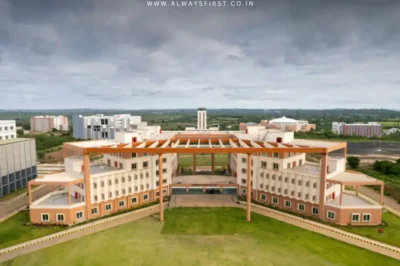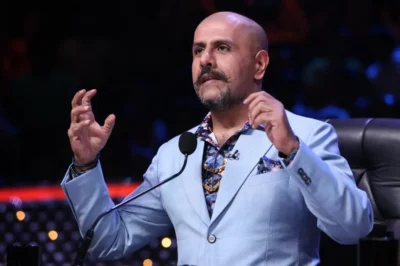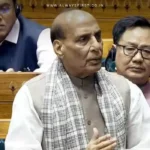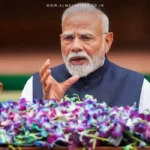Key Takeaways:
✔ 1,364 new seats added across five 3G IITs for 2025-26, with 6,576 more by 2028-29.
✔ IIT Bhilai tops expansion (+378 seats this year), followed by Palakkad and Jammu.
✔ Aligned with NEP 2020, the move aims to boost regional access to premium engineering education.
Third-Gen IITs Ramp Up Capacity: 6,500+ Seats Coming by 2029
In a significant push to widen access to elite engineering education, India’s third-generation IITs—established after 2014—are set to expand their student intake by 1,364 seats for the 2025-26 academic year. The Ministry of Education’s latest data reveals a 28% growth in capacity over the next four years, culminating in 6,576 additional seats across five institutes by 2028-29.
The initiative, highlighted in the Union Budget 2025, targets IIT Palakkad, Dharwad, Jammu, Bhilai, and Tirupati—key campuses chosen to democratize technical education and reduce reliance on older IITs.
Year-by-Year Breakdown: Which IIT is Growing Fastest?
- IIT Bhilai leads the surge, adding 378 seats this year, with steady increments planned through 2028.
- IIT Palakkad follows closely, boosting intake by 193 seats in 2025-26, scaling up to 408 by 2028.
- IIT Jammu and Tirupati are also on aggressive expansion tracks, with 251 and 199 new seats this year, respectively.
- IIT Dharwad will see fluctuations but ultimately grow to 466 seats by 2028-29.
The peak intake is projected for 2027-28, with 1,767 students expected across these campuses.
Why This Expansion Matters
The move aligns with the National Education Policy (NEP) 2020, emphasizing equity, accessibility, and regional balance in higher education. These newer IITs are being bolstered with cutting-edge labs, upgraded infrastructure, and competitive faculty recruitment to rival their older counterparts.
“This isn’t just about numbers—it’s about geographic inclusivity and preparing India’s next-gen innovators,” a Ministry official stated. With global competition in STEM fields intensifying, the expansion could be a game-changer for aspiring engineers outside traditional educational hubs.
Stay tuned to AlwaysFirst for more updates on India’s education reforms!









































Leave a Reply